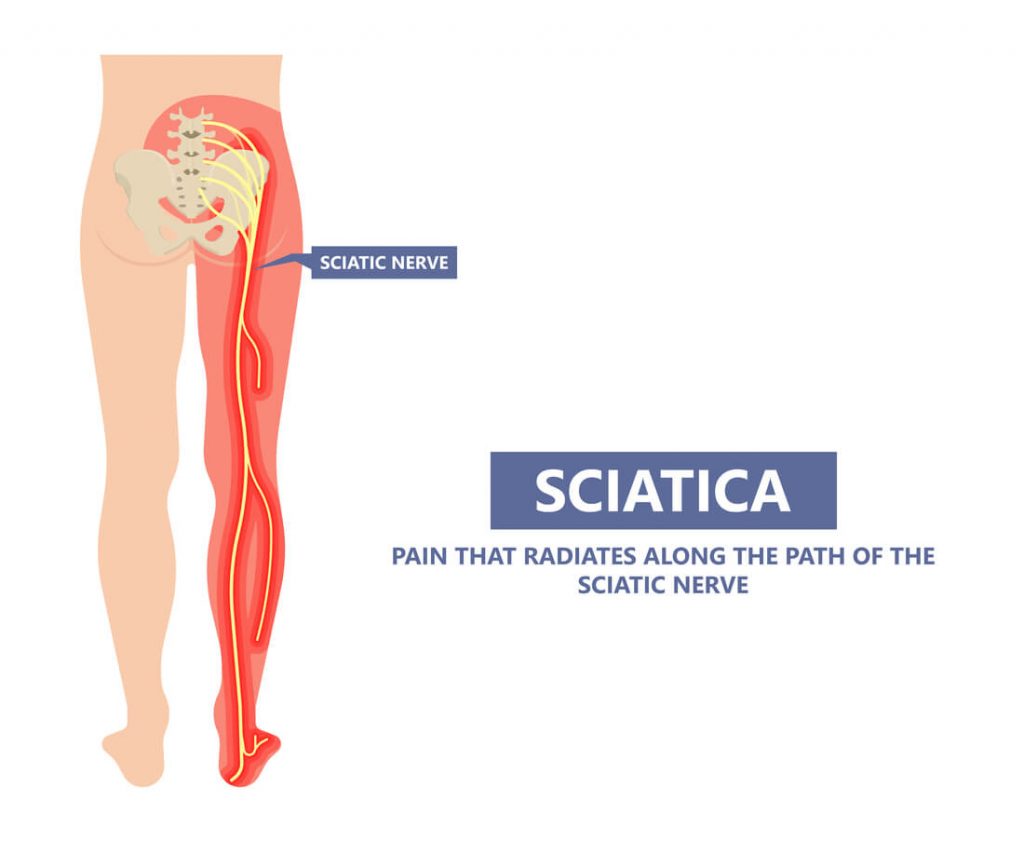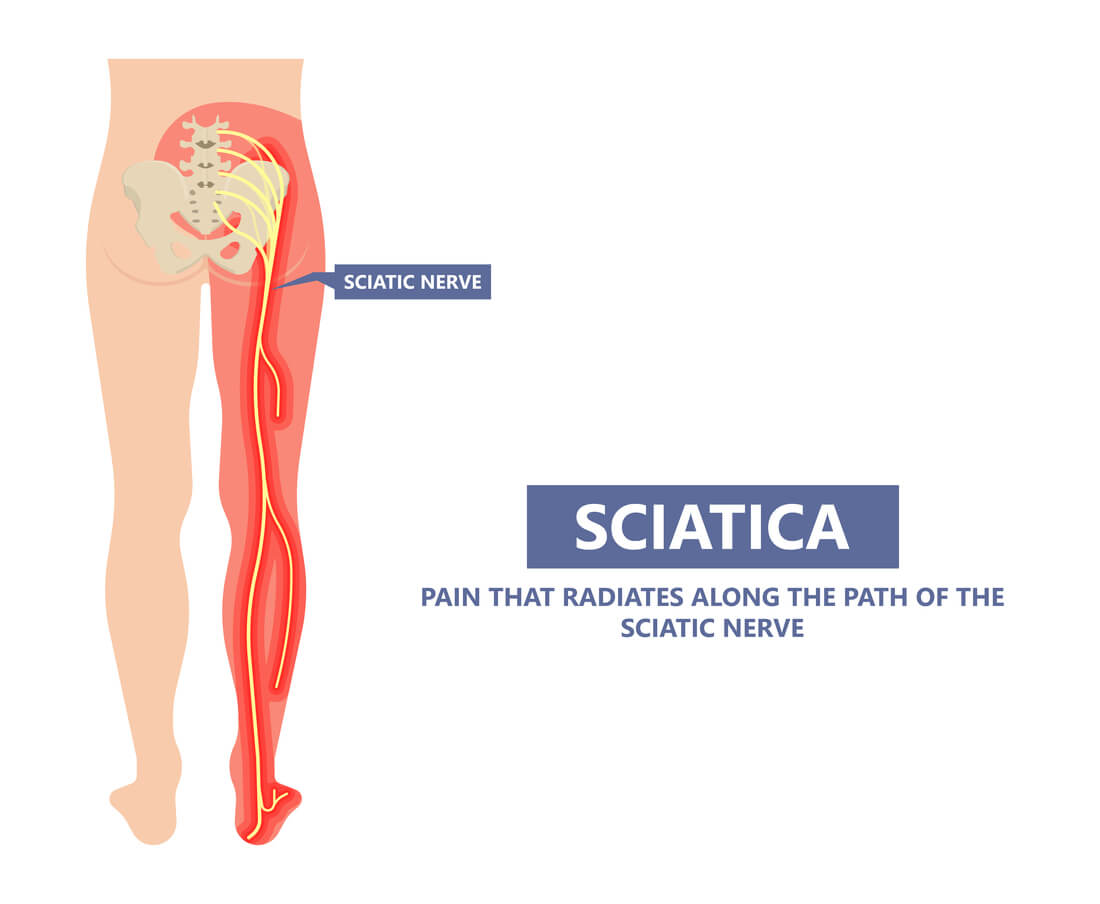
Sciatica refers to pain in the path that the sciatica nerve traces out in the human body. Tingling, pain, numbness and weakness of the leg are the observable effects of Sciatica.
The sciatic nerve originates from the lower back and snakes through the buttocks and down to the legs. Meanwhile, sciatica itself is caused by the compaction of the sciatic nerve.
It is a disorder that affects roughly 40 percent of the world’s population in their lifetime on earth. The commonness of this disorder has caused a lot of myths to circulate, some of which you might have come across.
Myth 1: Sciatica Is Caused By Leg Problems
This very common conclusion is drawn due to the observable effects (leg pain, numbness, tingling, etc.) of Sciatica on the legs.
This is however not true, the real cause of Sciatica can be traced to the spine. Spinal tumors, sciatic nerve tumor or injury, spondylolisthesis, and spinal stenosis are common causes of Sciatica.
Myth 2: Sciatica Is a Medical Condition/Diagnosis
Although most people believe that Sciatica is a diagnosis on its own, this really isn’t the case.
Sciatica and its observable effects is only a symptom and just that. When sciatica is discovered it only means that the sciatic nerve root is under some sort of external influence.
Myth 3: Sciatica Pain Will Always be Present
Despite the high levels of pain that sciatica might cause you, you don’t have to live with such pains forever. In fact, most cases of Sciatica heal naturally.
However, if the pain persists, consultation with physio Hamilton and an array of conservative treatments will surely rid you of the inconveniences.
If these treatments are not forthcoming, you can consider surgery for a sustained long term solution.
Myth 4: Surgery Is Never Needed
In the event of radicular pain, conservative treatment is the go-to option. This has caused many to believe that surgery might not be needed to treat Sciatica.
While this is indeed true in most cases, there are exceptions. This rule is not absolute. There are certain cases, though uncommon, where surgery will serve you more than conservative methods.
Myth 5: Trying A Particular Set of Exercise Works
This is an especially worrying trend. If you pay a visit to Google and query a search with the keywords; “best sciatica exercise”, there are over 8 million results with everyone claiming to have answers.
However, tailored exercises do not show any added benefit compared to general physical activity. In essence, you don’t have to go out of your way to exercise for Sciatica. The best exercise is that which you usually do.
Myth 6: Sciatica Cannot Cause Permanent Nerve Damage
Permanent nerve damage as an aftermath of Sciatica is possible. While it rarely occurs, it is a possibility.
Once you notice any loss in leg sensation or numbness and tingling of any kind, bowel or bladder inconsistency, ensure that you seek medical assistance as soon as possible.
Timely medical consultation could help prevent your condition from worsening.
If you have Sciatica and are ready to seek help, do not hesitate to visit your doctor. Conservative treatments might just be the solution to your Sciatica.
